Masahiro Tsujimoto (Ph.D.) - astrophysicist
Research
Overview
I work in the field of observational astrophysics with many enthusiastic and stimulating colleagues around the world and excellent graduate students at ISAS.- I work both for space missions and observational astrophysics.
- I am contributing to the design, integration & tests, ground and in-flight calibration, and operation of several space missions (Suzaku, Hitomi, and XRISM X-ray observatories and LiteBIRD CMB mapper) with three different types of detector technologies (X-ray CCDs, X-ray micro-calorimeters, and submm transision edge sensor bolometers).
- I have wide research interests in observational astrophysics, which include high-energy phenomena in white dwarf, neutron star, and black hole binaries, classical novae, early-type and late-type stars, supernova remnants, Galactic ridge X-ray emission, and cosmology.
- I pursue astrophysical problems using data taken with our own space-born instruments. I also use other space- and ground-based observatories across wavelengths as guest observers.
- I teach graduate students for their degrees in astrophysics.
- I serve for the community, including an editor of Publications of the Astronomical Society of Japan.
Effort rates
I update my full time effort (FTE) rate quarterly among multiple commitments to achieve a balanced portofolio. Below is the plan for the current quarter (2024 Q2).
Back to top
| Commitments | FTE | Bar |
|---|---|---|
| Observational astrophysics | 45.0% | |
| LiteBIRD project | 35.0% | |
| XRISM/Resolve project | 5.0% | |
| Teaching | 10.0% | |
| Community service | 5.0% |
Projects
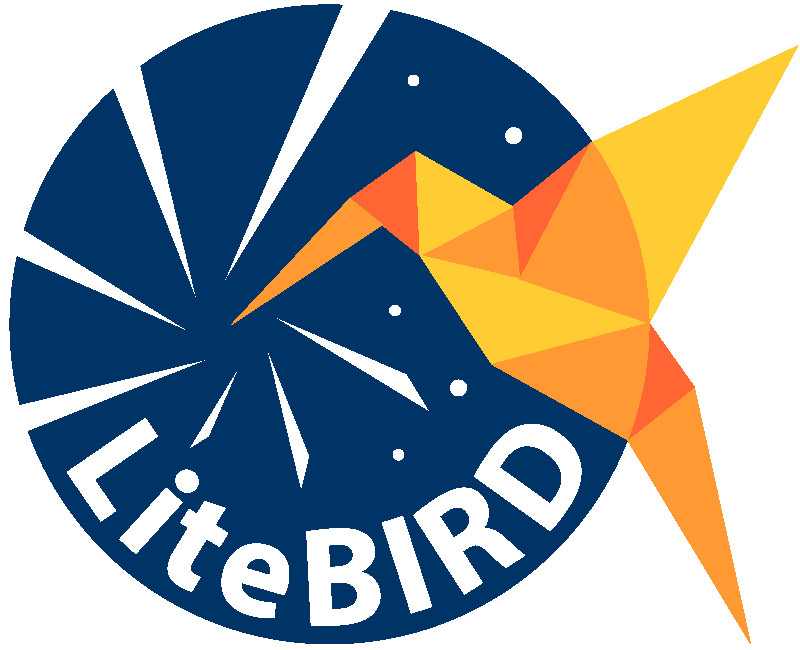
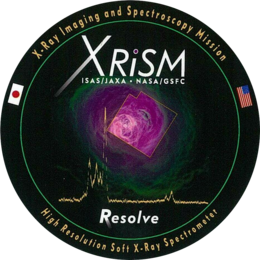
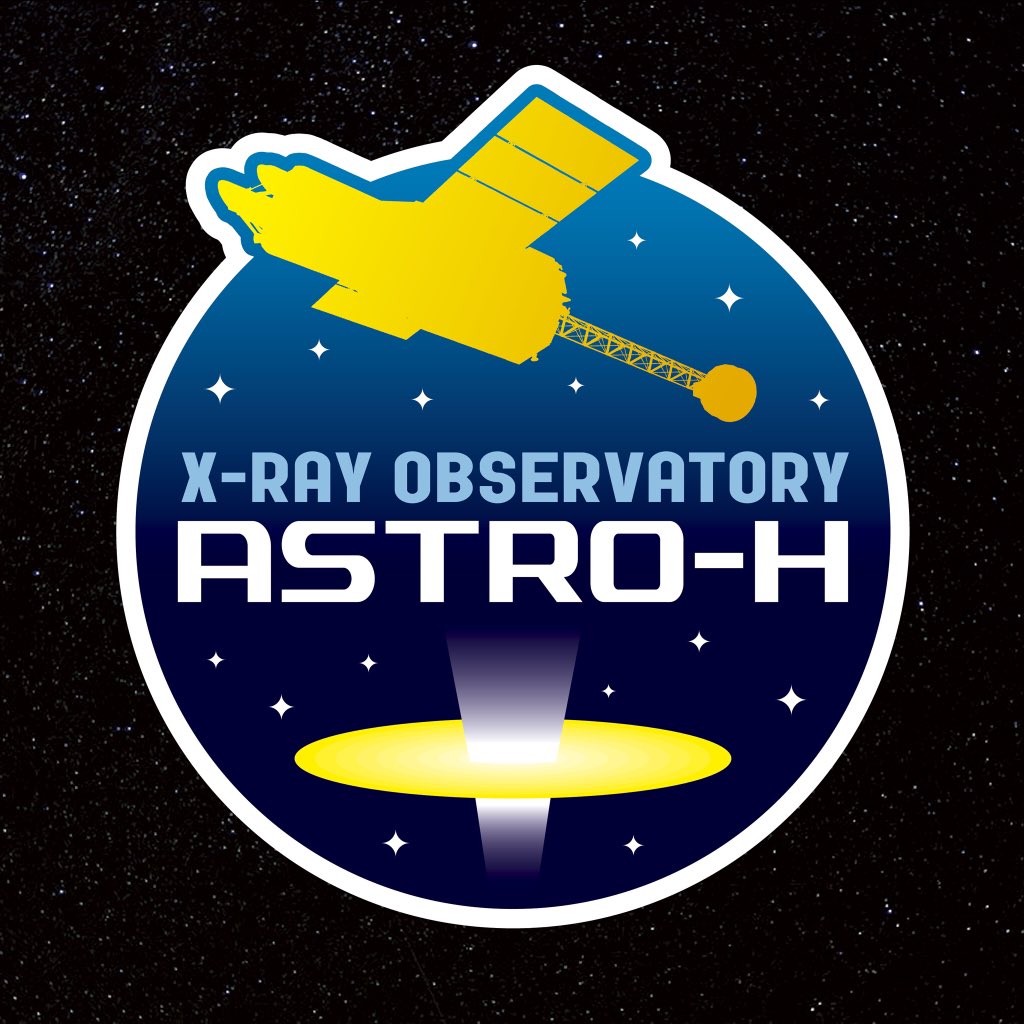
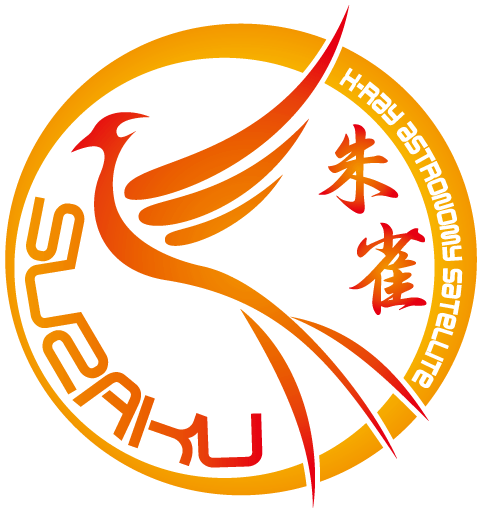
LiteBIRD (2017-)
Through the 10 year commitment to Hitomi SXS, I gained some experience in developing the onboard digital electronics and the spacecraft integration of a cryogenic mission. After the loss of Hitomi, I changed my career again to work for LiteBIRD, which is another JAXA-led cryogenic mission aiming to detect the large-scale anisotropy of the B-mode polarization of the cosmic microwave background to prove the theory of inflation. It is a joint mission among many agencies in the US, Canada, Europe, and Japan. I work for the design of the onboard digital electronics and the electrical architecture of the payload module, and the assessment of external noise (EMI, micro-vibration, cosmic rays, etc) effects to cosmology. [116] [115] [113] [112] [111] [109] [105] [91] [81]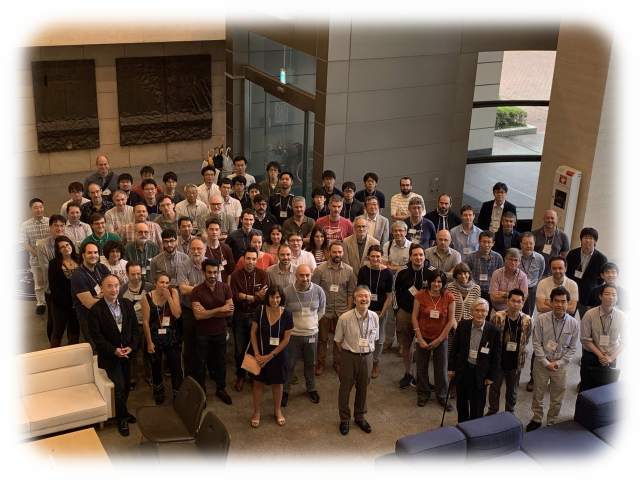
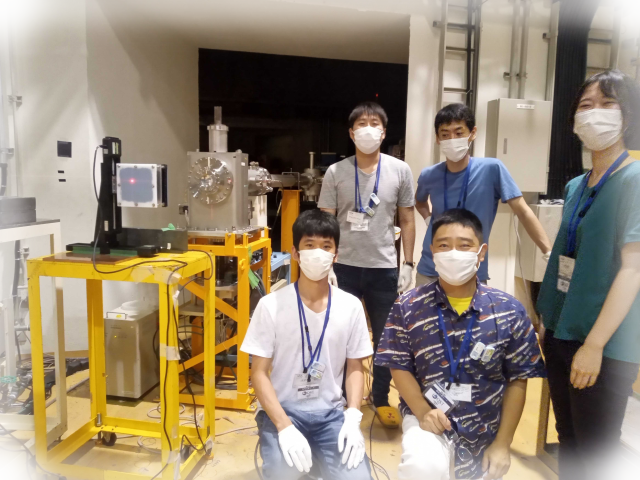
Resolve onboard XRISM (2017-2024)
I continued working for the recovery mission of SXS, which is called Resolve in XRISM [90] with many experienced colleagues of NASA, SRON, JAXA, and others, and graduate students at ISAS. Amongst them, I contributed for the instrument- and spacecraft-level integration & tests, the ground calibration, and initial and commissioning phase operations. Some highlights include;
- Micro-vibration and electromagnetic interference for the detector, which are common topics among low temperature detectors. [120] [118] [117]
- Ground calibration for the X-ray transmission calibration of the cryostat window and relative timing of the microcalorimeter X-ray events. [108],
- Development of X-ray event screening.
- Assessment of high count rate observations.
- Data visualization and anomaly detection based on machine-learning technique. [121] [124]
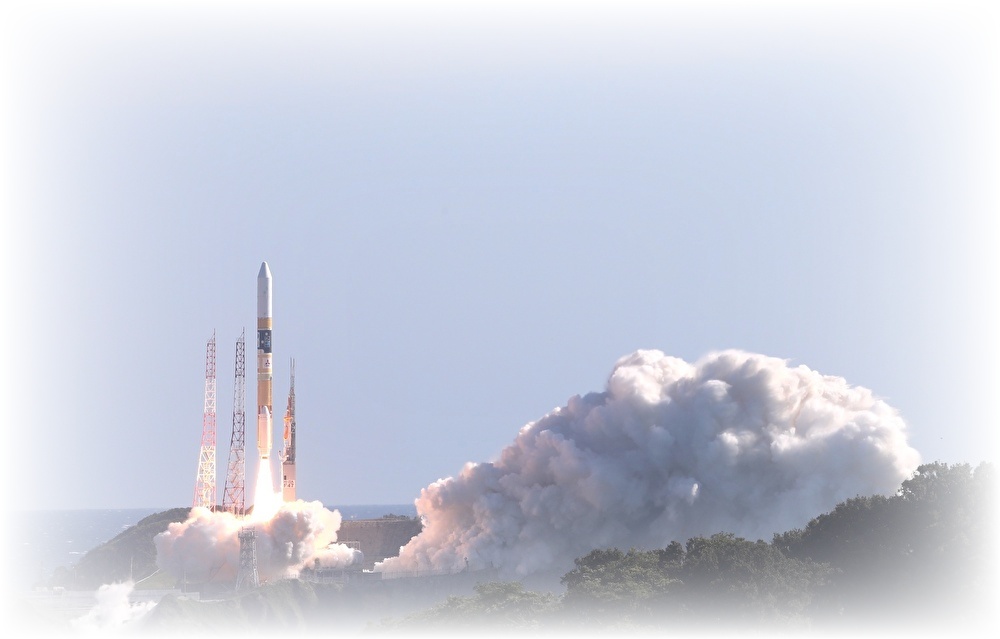
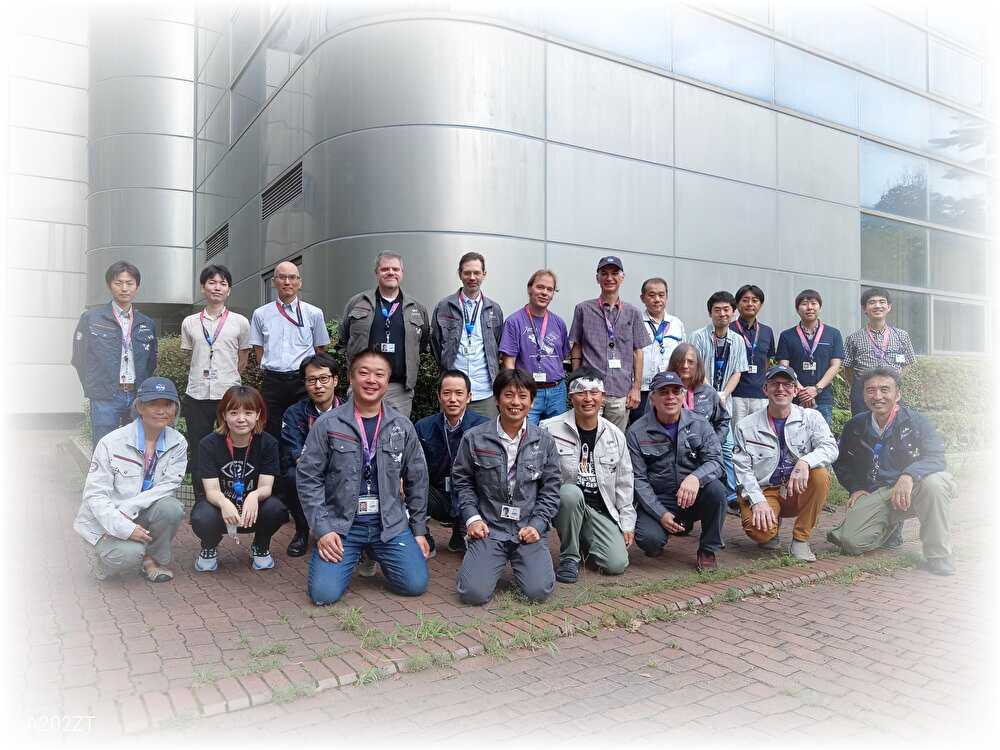
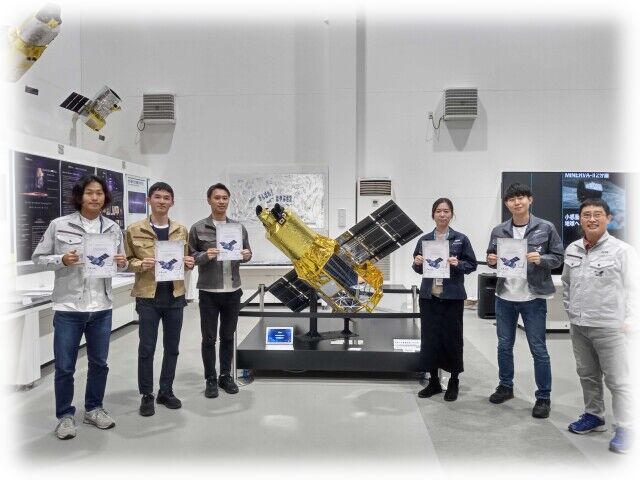
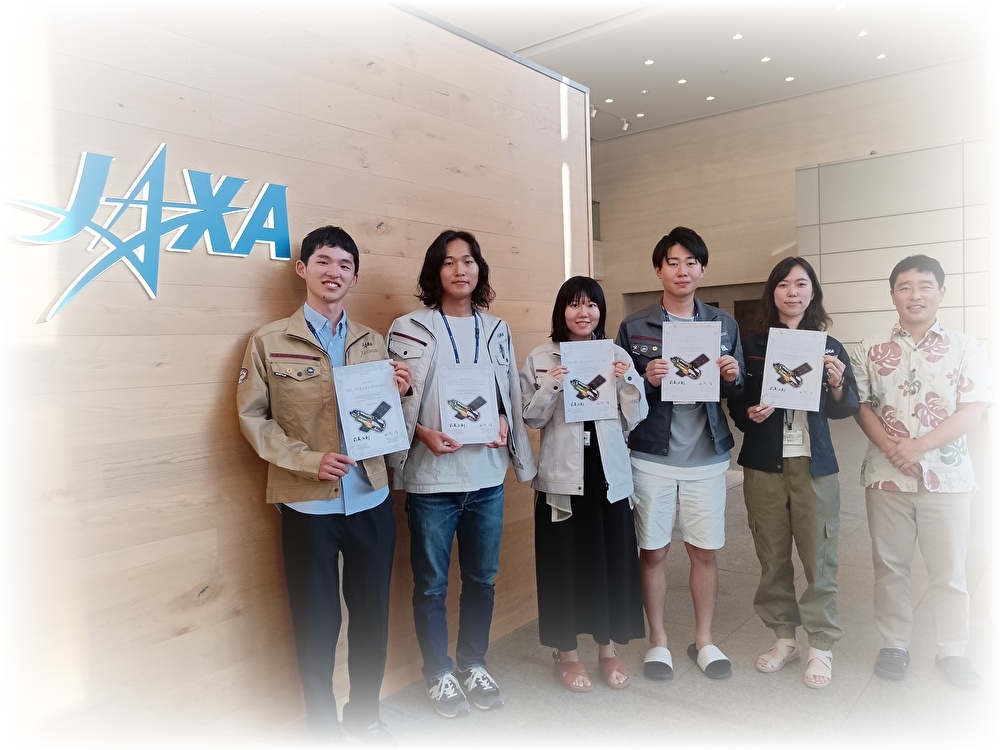
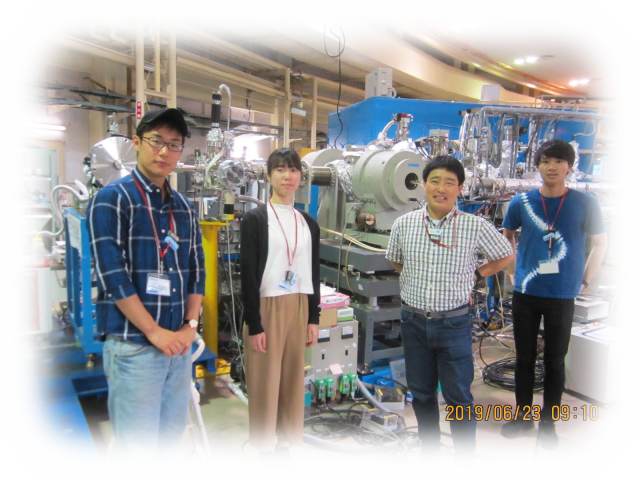
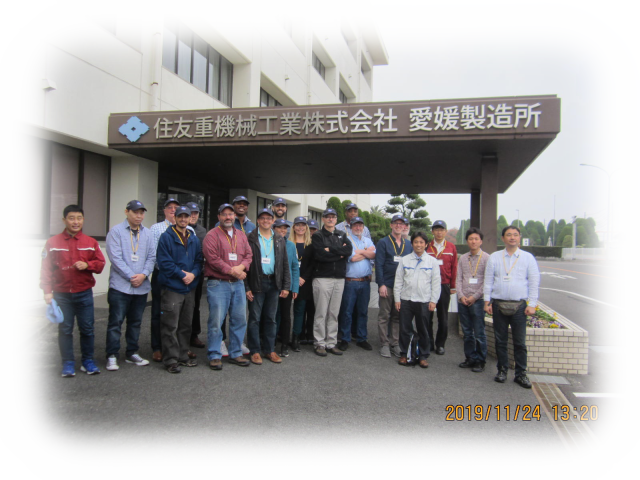
Soft X-ray Spectrometer (SXS) onboard Hitomi (2008-2017)
After I joined as a staff scientist at ISAS 2008 July, I changed my career to devote myself to the development of the SXS, which is an X-ray micro-calorimeter spectrometer onboard the ASTRO-H (Hitomi) X-ray satellite. It is a joint project among NASA/GSFC (US), SRON (the Netherlands), University of Geneva (Switzerland), and JAXA.
[80]
[60]
My contribution for the project started with the onboard digital electronics. I worked for the FPGA design of the onboard digital signal processing unit for event reconstruction and the electrical interface with the spacecraft.
[89]
[79]
[58]
[57]
My responsibility expanded over the years, leading the instrument and spacecraft integration, launch campaign, operation, and calibration.
[92]
[88]
[87]
[86]
[83]
[82]
[77]
[74]
[73]
[71]
[69]
[66]
[50]
Our long and consistent effort resulted in unprecedented performance of the SXS in the orbit. However, the success was suddenly discontinued in 34 days of launch due to the failure of the spacecraft attitude control. Still, the SXS left a lot of legacy, both in science and technology, as the first X-ray microcalorimeter to have made astronomical observations in the orbit.
[102]
[101]
[100]
[99]
[98]
[97]
[96]
[95]
[94]
[93]
[76]
[75]
[70]
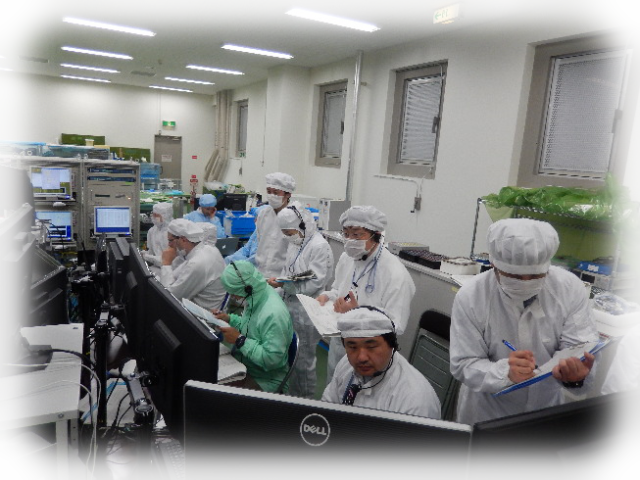
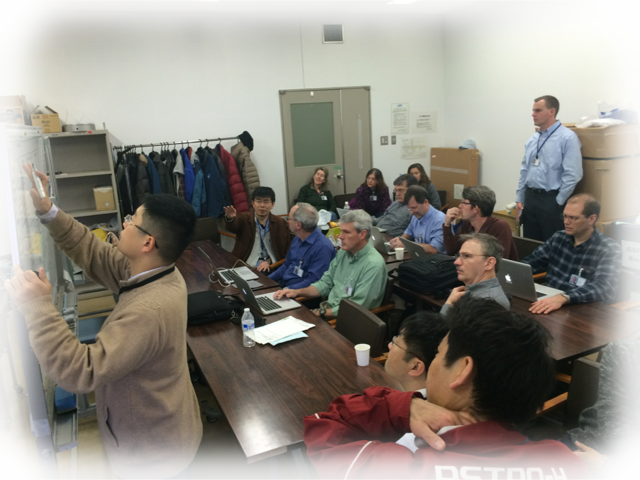

X-ray Imaging Spectrometer (XIS) onboard Suzaku (2005-2006, 2008-2015)
I started my career by working for the XIS onboard Suzaku X-ray observatory, which was an X-ray CCD imaging-spectrometer and the workhorse of the spacecraft for 10 years.
[34]
[33]
I joined the team in the third year of operation. Since then, I led the in-orbit operation and calibration and contributed for many performance enhancements of the instrument to maximize scientific outputs including our own.
[56]
[49]
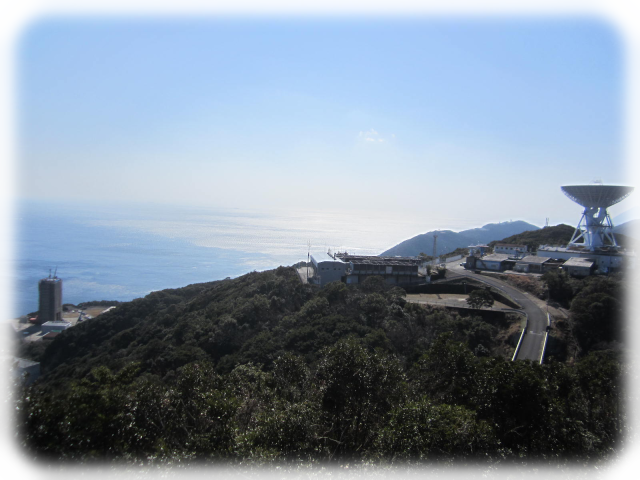
Advanced CCD Imaging Spectrometer (ACIS) onboard Chandra (2003-2004, 2007-2008)
I joined the ACIS team at the Pennsylvania State University led by Prof. Gordon P. Garmire twice once as a JSPS fellow and the other as a Chandra fellow. I learned lots of virtues through a total of 3.5 year life in the US.
Back to top
Observational Astrophysics
See our group page for details.White dwarf binaries
Classical novae
Neutron star binaries
Blackhole binaries & AGNs
Galactic ridge X-ray emission
SN and SNRs
Early-type stars in HII regions
Normal stars
Young stellar objects
Back to topTeaching
In the research group led by Prof. Ken Ebisawa, I teach graduate students for their degrees in astrophysics. Our group actively publishes research papers every year.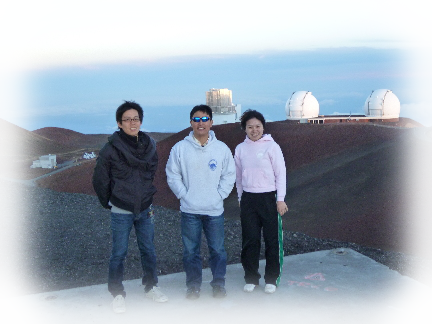
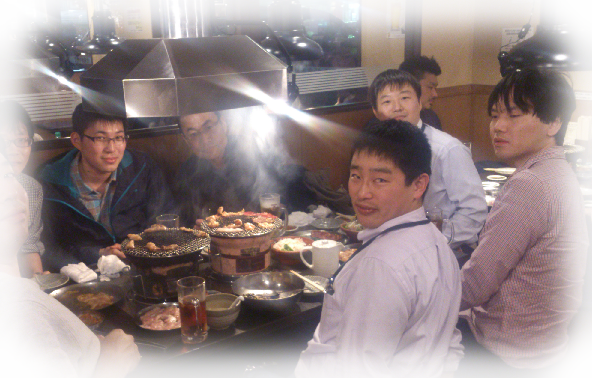
Below is the list of theses that I worked as one of the advisors.
- Ph.D. theses
- "Detailed X-ray Spectral Modeling of Circinus X-1 Based on Radiative Transfer"
Tominaga, M. (2023), Ph. D. thesis. Department of Astronomy, The University of Tokyo. IGPEES final examination excellent award. - "Joint Analysis of X-ray Spectral and Timing using the State-Space Model: Application for the Black Hole Binary MAXI J1820+070"
Omama, T. (2023), Ph. D. thesis. Department of Space and Astronautical Science, The Graduate University for Advanced Studies, SOKENDAI. School of physical sciences dean's award. - "On the X-ray spectral variability in the Fe-K band of active galactic nuclei"
Mizumoto, M. (2018), Ph. D. thesis. Department of Astronomy, The University of Tokyo. HEAPA Ph.D thesis award. - "An X-ray and NIR Study of the Galactic Ridge X-ray Emission"
Morihana, K. (2012), Ph. D. thesis. Department of Astronomy, The University of Tokyo. - "A Statistical Study of Long-term X-ray Variabilities of Ultraluminous X-ray Sources and Galactic Black Hole Binaries"
Yoshida, T. (2011), Ph. D. thesis. Department of Physics, Tokyo University of Science. - "An X-ray Study of Classical Novae"
Takei, D. (2011), Ph. D. thesis. Department of Physics, Rikkyo University. - "X-ray study of stellar winds with Suzaku"
Hyodo, Y. (2009), Ph. D. thesis. Department of Physics, Kyoto University.
- "Detailed X-ray Spectral Modeling of Circinus X-1 Based on Radiative Transfer"
- Master theses
- "Optimization of the event screening for the low temperature detector onboard XRISM using ground and in-orbit data"
Mochizuki, Y. (2023), M. Sci. thesis. Department of Astronomy, The University of Tokyo. XRISM student contribution award. - "Evaluation and mitigation of electromagnetic interference in the low temperature detector onboard XRISM"
Kurihara, M. (2022), M. Sci. thesis. Department of Astronomy, The University of Tokyo. Excellent master thesis award for detector development. XRISM student contribution award. - "Evaluation and mitigation of micro-vibration interference in the low temperature detector onboard XRISM"
Imamura, R. (2021), M. Sci. thesis. Department of Physics, Ehime University. XRISM student contribution award. - "Assessment of cosmic-ray noise effects and design of the onboard data processing for LiteBIRD"
Tominaga, M. (2020), M. Sci. thesis. Department of Astronomy, The University of Tokyo. L'Oreal-UNESCO award for women in science in Japan. IGPEES qualify examination excellent award. - "Ground testing for the initial-phase observation data of XRISM --- X-ray transmission calibration of the cryostat window for the low temperature detector"
Midooka, T. (2019), M. Sci. thesis. Department of Astronomy, The University of Tokyo. XRISM student contribution award. - "Short-term variability of X-ray spectra from blackhole binaries using Suzaku"
Mizumoto, M. (2015), M. Sci. thesis. Department of Astronomy, The University of Tokyo. School of science encouragement award. - "Suzaku Study of X-ray Emission from Dwarf Novae"
Wada, Q. (2014), M. Sci. thesis. Department of Astronomy, The University of Tokyo. - "Suzaku X-ray Study of Two γ Cas Analogues"
Shionome, T. (2011), M. Sci. thesis. Department of Physics, Tokyo Metropolitan University. - "A multi-wavelength study of an anomalous X-ray source XSS J12270-4859"
Saitou, K. (2010), M. Sci. thesis. Department of Astronomy, University of Tokyo - "The evolution of white dwarf binaries by X-ray studies of supersoft sources."
Takei, D. (2008), M. Sci. thesis. Department of Physics, Rikkyo University
- "Optimization of the event screening for the low temperature detector onboard XRISM using ground and in-orbit data"
- Bachelor theses
- "Development of the anomaly detection algorithm for the low temperature detector onboard XRISM based on machine learning"
Kashiwazaki, M. (2023), B. Sci. thesis. Department of Physics, Yokohama National University. XRISM student contribution award.
- "Development of the anomaly detection algorithm for the low temperature detector onboard XRISM based on machine learning"
Below is the list of awards for the graduate and under-graduate students that I served as a superviser.
-
2024
XRISM outstanding contribution awards for young researchers for launch campaign and in-orbit operation.
- Yuto Mochizuki "Optimization of the event screening for the low temperature detector onboard XRISM using ground and in-orbit data"
- 2024 SOKENDAI School of Physical Sciences Dean's Award Tomoki Omama
- 2023 18'th L'Oreal-UNESCO award for women in science in Japan Mayu Tominaga
- 2023 IGPEES final examination excellent award Mayu Tominaga
-
2023
XRISM outstanding contribution awards for young researchers for spacecraft-level tests.
- Miki Kurihara "Evaluation and testing of the electromagnetic interference to Resolve"
- Ryuta Imamura "Evaluation and testing of the micro-vibration interference to Resolve"
- Miu Kashiwazaki "Development of the anomaly detection in Resolve data using machine learning"
- Takuya Midooka, Mayu Tominaga, Tomoki Omama, Yuto Mochizuki "Contribution for Resolve testing"
- 2023 13'th excellent master thesis award for detector development Miki Kurihara "Evaluation and mitigation of electromagnetic interference in the low temperature detector onboard XRISM"
-
2022
XRISM outstanding contribution awards for young researchers for instrument-level tests.
- Takuya Midooka "X-ray transmission calibration of the Resolve gate valve"
- Miki Kurihara "Evaluation and testing of the electromagnetic interference to Resolve"
- Tomoki Omama "Relative timing calibration of Resolve X-ray events"
- Ryuta Imamura "Evaluation and testing of the micro-vibration interference to Resolve"
- Mayu Tominaga, Yuto Mochizuki "Contribution for Resolve testing"
- 2021 IGPEES qualify examination excellent award Mayu Tominaga
- 2018 17'th HEAPA Ph.D. thesis award Misaki Mizumoto "On the X-ray spectral variability in the Fe-K band of active galactic nuclei"
- 2015 University of Tokyo, College of Science award Misaki Mizumoto "Short-time variation of X-ray spectra of black hole binaries using Suzaku"
Community service
Journal reviewer and editor
I serve as a reviewer for many astrophysics journals and proposals. I also work as an editor of the Publications of the Astronomical Society of Japan.Seminars
I serve as an organizer of the department colloquium since its foundation.IACHEC (2008-2011, 2017-)
I work as a member of IACHEC, a consortium of cross-calibrating high-energy astrophysics instruments in the orbit. I worked both for the XIS (X-ray CCD) and the SXS (X-ray micro-calorimeter). [56] [53]
Organization of workshops
Here is a list of recent international workshops that we organized.- Cloudy Workshop 2024 (2024)
- Workshop on binaries and variable stars (2024)
- LiteBIRD kick-off symposium (2019)
- 14th IACHEC annual meeting (2019)
- New eyes on X-ray astrophysical objects with Japanese and Chinese observatories (2018)
- ASTRO-H summer schools
Public outreach
Articles
-
SXS装置によるかに超新星残骸の熱的プラズマ放射探査
辻本 匡弘, 森 浩二
天文月報、2019年6月号 -
X線による原始星の研究 - その進化と構造 -
今西 健介, 辻本 匡弘, 小山 勝二
日本物理学会誌、57, 638 (2002)
Recent interviews & press releases
-
Une mission japonaise pour étudier les événements les plus violents de l'univers
La Conversation, 2023/07/11 (French) -
Fujitsu Activate Now 2022
Fujitsu, 2022/10/04 (English, Japanese) -
Electromagnetic simulation using HPC Fugaku leads to solutions in space and urban public transportation
FujiTra news, 2022/09/22 (Japanese) -
HPC Fugaku demonstrates the effectiveness of cloud service of large-scale electromagnetic simulation
Fujitsu press release, 2022/07/21 (Japanese)